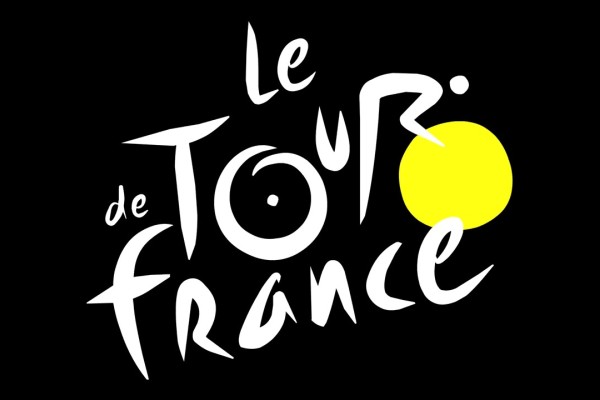Cognac succeeds against genericization attack
When you take an aspirin or you use the cellophane, you probably think that these are the common names used to refer to such goods. That’s not entirely true.
At the beginning, these were trademarks which, after being used to define the products, became generic. So, they lost their trademark protection.
When this happens, it is called generization. Indeed, since generic terms define a product, so they cannot be registered as trademarks. This is what reported by the Article 11 of the Trademark Law, stablishing that, among others, Marks that only bear the generic names, devices, or model numbers of the goods, shall not be registered as trademarks.
The risk of becoming generic is also actual for Geographic Indications.
Briefly, as defined by the Article 16 of China Trademark Law, the geographical indication refers to a sign indicating the place of origin of the goods of which the special quality, reputation or other characteristics are primarily determined by the natural conditions or other humanistic conditions of the location involved.
This kind of trademark indicates the origin, specific quality, prestige or other features of the goods. It’s immediately clear that the danger of identification of a generic name with the product itself, it’s quite high.
The Bureau National Interprofessionnel Du Cognac (BNIC) is well aware about it. Indeed, recently, a French interprofessional organization developing the famous brandy and representing the collective interests of professional wine growers and merchants, has faced a case of genericide.

The BNIC filed the applications for registration of the geographical indication collective trademark for “Cognac” and “干邑” (Chinese characters of Cognac) in Class 33 in 2016. Both the applications were preliminarily approved and published in 2018.
The entities ZHOU Liangbo and Guangzhou Liu Fa Wine Co., Ltd. filed oppositions against the two trademarks, arguing that the applied trademarks have become generic names for brandy, thus are unregistrable.
Refuting the claims of the two Opponents, among all, the BNIC mainly argued that:
| 1) “Cognac/干邑” is an appellation of origin/geographical indication for French wine, not the common name for brandy wine, so they are distinctive. | |
| 2) As famous foreign place names, “Cognac/干邑” enjoys high reputation in China, which strengthens their distinctiveness. | |
|
3) The opposition proceeding was instituted in bad faith. |
The CNIPA dismissed the opposition filed by the third party on March 26, 2020 establishing that they did not submit enough evidence against the BNIC to prove that the opposed trademarks “干邑”and “COGNAC” have become generic names for brandy.
Consequently, both the trademarks “干邑” and “COGNAC” have proceeded to registration.
This case is an important reminder for companies involved in the production of word-wide-used products, such as pharmaceutical or, exactly, beverage.
Indeed, no matter how strong trademarks are, over the years they can become generic and lose their protection as trademarks.
Of course, when a brand name becomes generic, its common usage becomes free word-of-mouth advertising. However, it comes with a price.
There are few things the company can do in order to avoid the genericide, such as adding the word "brand" after the trademark on the product packaging or adding a description after the trademark.
However, the best suggestion it’s always the same. It’s fundamental for foreigners’ companies to establish guidelines for the usage of their trademarks in China.


